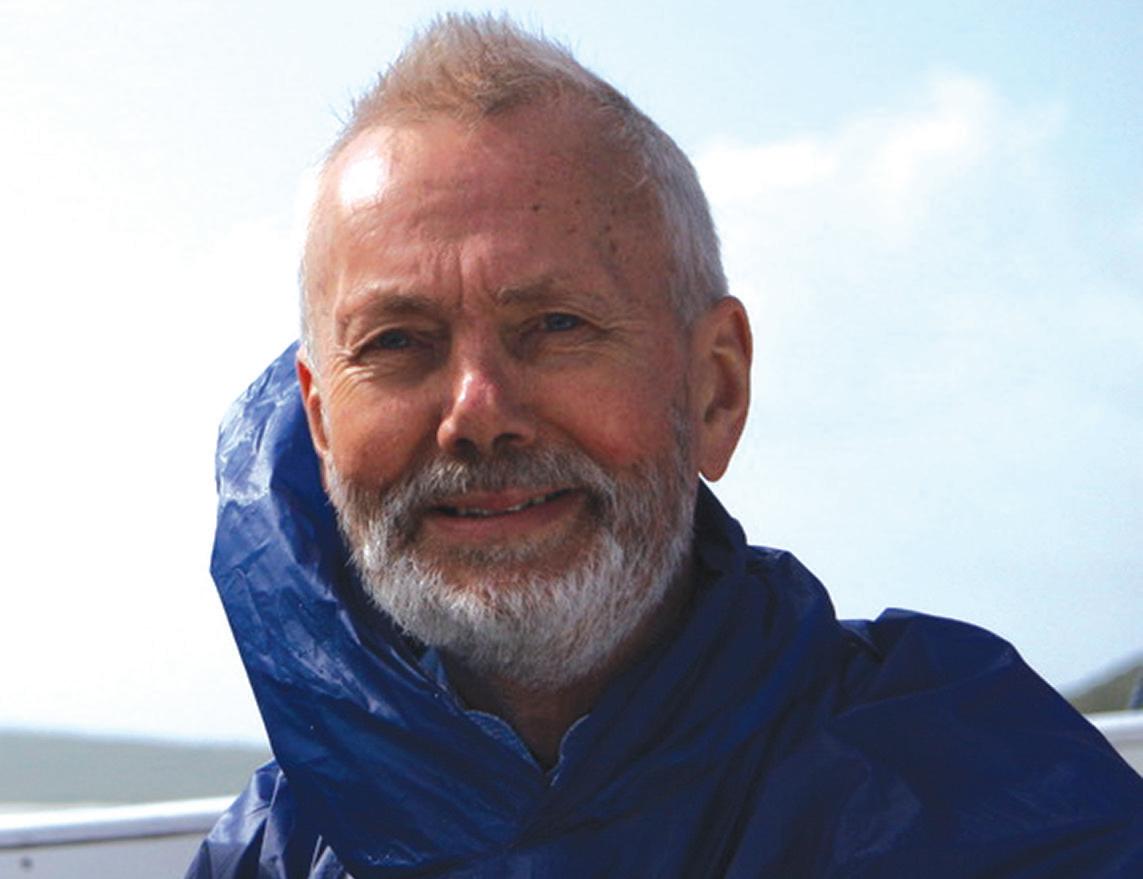
2 minute read
Royall student to investigate neurodegenerative diseases
Royall studentship holder Nadia Erkamp may have been delayed, but has not been deterred by Covid. When she arrived in Cambridge from the Netherlands in August, Nadia had to quarantine for two weeks, but after that she dived straight into her new PhD research in the Knowles group. “I was even trained on the microscope via Zoom, which took a bit longer since I had to keep asking which buttons they were pointing to,” she laughs.
It means a lot to Nadia to be funded by the studentship set up by Department alumnus Dr Sven Royall. “This scholarship really has made my PhD possible, otherwise I wouldn’t be sitting here today,” she says. “It allows me to work both on the physical mechanisms and the biological implication of my research topic. I am very grateful for this opportunity and hope to contribute to discovering the underlying causes of certain diseases.”
Nadia will be studying the growing area of liquid-liquid phase separation (LLPS).“ It was found relatively recently that this phenomenon of two liquids separating like water and oil do is actually very common in cells. We know now that there are a large range of LLPS condensates, which slow reactions down or speed them up. But when these droplets malfunction, it can cause problems.”
During LLPS, a homogeneous solution converts into two or more liquids or droplets. Researchers have found that these liquids can become solid and form toxic aggregates. It is still unknown what exactly causes these changes, and Nadia is eager to find out more.
“I am particularly interested in this field since there is still much unknown about both the underlying physics of LLPS and its specific function in disease,” she says. She enjoys using chemistry to investigate a physical phenomenon and then applying that knowledge to its effect on a living cell. “Most of the physical chemistry that we do is aimed at better understanding the biology,” she says.
Nadia comes to Cambridge from Radboud University in the Netherlands, where she completed a Master’s degree focusing on reaction networks. “The idea of reaction networks is to make a system of reactions that stay out-ofequilibrium, in order to better understand other out-of-equilibium systems like cells, which are continuously reacting and changing,” she explains.
As part of her degree she held an internship with Professor George Whitesides at Harvard University, where she gained further experience in using microfluidics, and she learned to use microscopy to study these systems with Harvard’s Professor Jack Szostak.
With the Knowles lab Nadia has found a perfect fit. “I told my professor in the Netherlands I was interested in combining microfluidics and complex systems with microscopy, and he told me about Tuomas and the work he is doing here in the microfluidics lab,” she says.
Nadia is excited about the PhaseScan project she will be working on, in which researchers will be creating phase diagrams to investigate the phase separation of proteins and peptides relevant to a broad range of diseases. She will be working in the Sir Rodney Sweetnam Lab, where she will also be using the microfluidic devices to investigate how and when microfluidic droplets become the solids which are thought to be toxic.
“I hope that the combination of research on the physical and biological aspects of this phenomenon will help us to prevent or find treatments for diseases associated with LLPS, which include the neurodegenerative disorders Alzheimer’s disease, Parkinson’s disease and ALS (motor neuron disease),” she says.










